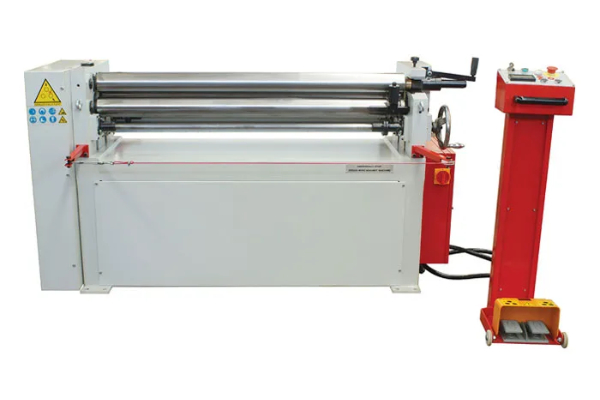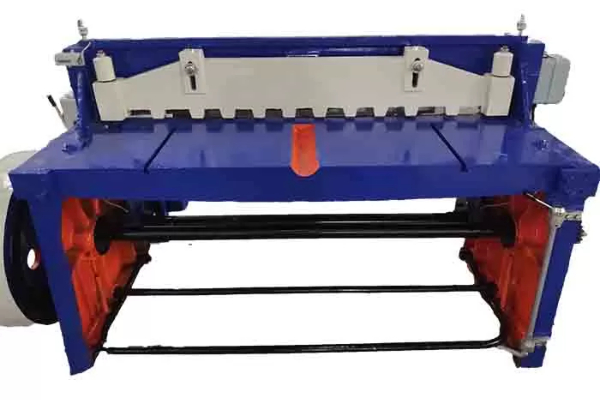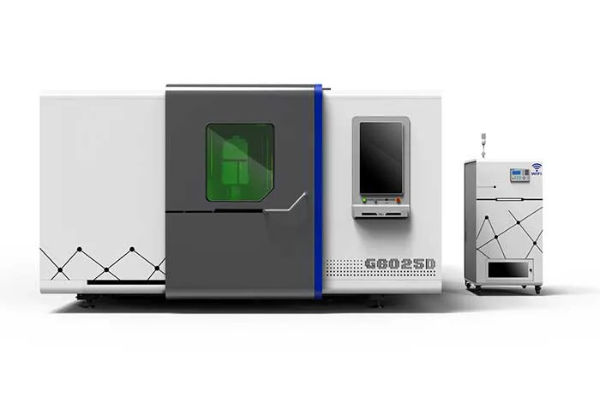
Optimizing Airflow- Tips for Using Duct Fabrication Machines Efficiently
- By:Metmac
- 2024-05-27
- 117
In the realm of heating, ventilation, and air conditioning (HVAC), ductwork plays a crucial role in ensuring efficient airflow throughout a building. Optimizing airflow is paramount for maintaining optimal indoor air quality, achieving desired temperatures, and minimizing energy consumption. Duct fabrication machines are essential tools in the HVAC industry, used to create and shape ductwork according to specific project requirements. By leveraging these machines effectively, professionals can enhance airflow and maximize system performance. This article explores various tips and strategies for optimizing airflow using duct fabrication machines.
1. Proper Duct Design
The design of the ductwork is a fundamental factor in optimizing airflow. Duct dimensions, including diameter, length, and shape, should be carefully calculated to minimize resistance and ensure smooth airflow. Duct fabrication machines allow for precise cutting and forming of ducts, enabling the creation of ducts that meet the specific requirements of the HVAC system.
2. Minimizing Duct Resistance
Duct resistance refers to the frictional forces that impede airflow through the ductwork. Factors contributing to duct resistance include the length of the duct, the number of bends and transitions, and the surface roughness of the duct material. Duct fabrication machines can assist in minimizing duct resistance by facilitating the creation of airtight connections, reducing the number of bends, and ensuring a smooth duct surface finish.
3. Efficient Bend Design
Bends in the ductwork can significantly increase airflow resistance. It is essential to minimize the number of bends and design them efficiently to reduce flow disturbances. Duct fabrication machines enable professionals to create smooth, gradual bends that minimize airflow disruption.
4. Proper Airflow Velocity
Airflow velocity is a critical parameter in HVAC systems. Too high airflow velocities can lead to excessive noise and energy consumption, while too low velocities can result in inadequate ventilation. Duct fabrication machines allow for precise control over duct dimensions, enabling the creation of ducts that maintain the desired airflow velocity.
5. Commissioning and Maintenance
Commissioning and regular maintenance are vital for ensuring optimal airflow in ductwork. After installation, the ductwork should be properly sealed and tested to minimize air leakage. Regular cleaning and inspection of the ductwork can identify potential airflow obstructions and prevent performance degradation.
6. Energy Efficiency
Optimizing airflow promotes energy efficiency in HVAC systems. By minimizing duct resistance and airflow velocity, duct fabrication machines contribute to reduced energy consumption. Additionally, the use of energy-efficient duct materials and insulation can further enhance energy savings.
Conclusion
Efficient airflow is essential for optimal HVAC system performance. Duct fabrication machines play a crucial role in creating and shaping ductwork that minimizes resistance, maximizes airflow, and promotes energy efficiency. By following the tips outlined in this article, HVAC professionals can leverage duct fabrication machines effectively, ensuring optimal airflow and enhancing the overall efficiency and performance of HVAC systems.
-
The Advantages of Using a Sheet Roll Forming Machine in Manufacturing
2024/09/14 -
How to Optimize Your Laser Sheet Cutting Machine for Maximum Performance
2024/09/12 -
How to Maximize Efficiency with Modern Sheet Metal Working Machines
2024/09/04 -
The Environmental Benefits of Using Duct Board Grooving Machines
2024/09/03
-
A Guide to the Latest Innovations in Sheet Metal Folding Machines
2024/11/29 -
Key Features to Consider When Investing in a Sheet Metal Folding Machine
2024/11/28 -
Enhancing Precision with Advanced Sheet Metal Folding Machines
2024/11/27 -
How to Choose the Right Sheet Metal Folding Machine for Your Workshop
2024/11/26



